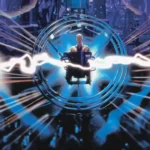The best CYBERPUNK movies. Neon-lit SCIENCE FICTION and unsettling visions of tomorrow
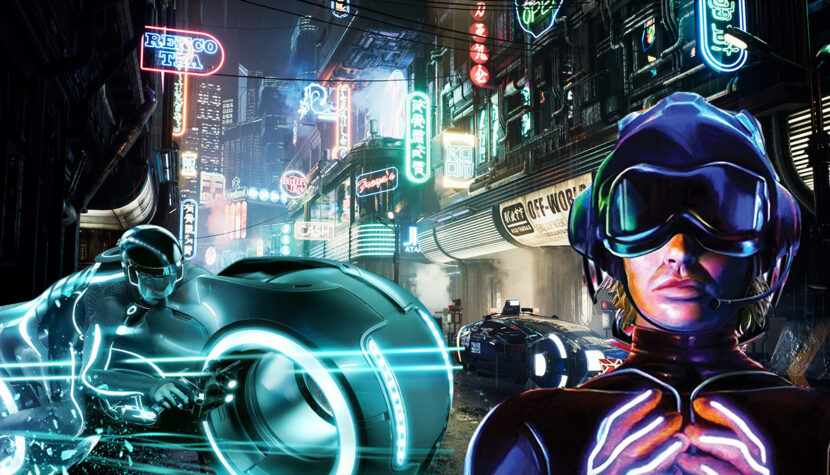
I’ve always been fascinated by cyberpunk visions of the near future. Smoky metropolises bathed in rain and neon hues, tomorrow’s technology intertwined with problems that should be relegated to the past – it’s an incredibly intriguing blend of beauty and ugliness, progress and stagnation, style and tackiness. I also have the impression that the closer our civilization comes to these visions, the more attention is worth devoting to cyberpunk works. They dedicate a lot of time to attempting to understand humanity in an era of rapid technological advancement full of potential pitfalls that could cross our path. Sometimes, it’s worth comparing fiction with reality in search of a broader perspective.
Ghost in the Shell
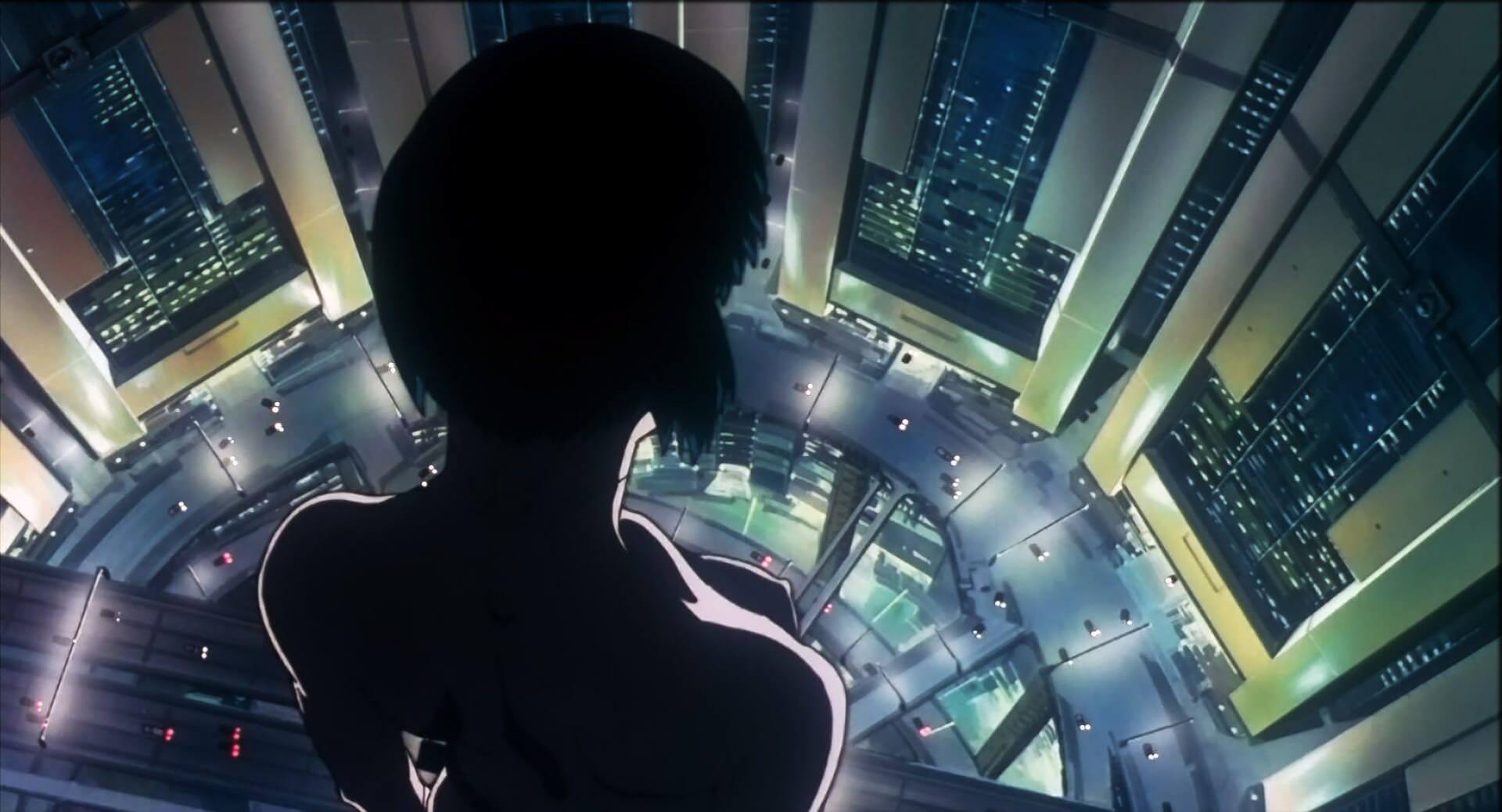
A cult and obligatory masterpiece for science fiction enthusiasts – any potential aversion to anime should be stashed away here. Without Ghost in the Shell, Matrix wouldn’t have come to be, and the entire cyberpunk genre would be much poorer. The exceptional world-building and insightful exploration of transhumanism make this film something far more than just an audiovisual gem. Unfortunately, the same can’t be said for the 2017 remake, although Scarlett Johansson’s brilliant performance deserves much more recognition than it actually received. The film itself lacks the depth of the original, but even without it, it captivates with an incredible atmosphere – I believe it’s still worth giving it a chance.
Related:
Tron: Legacy
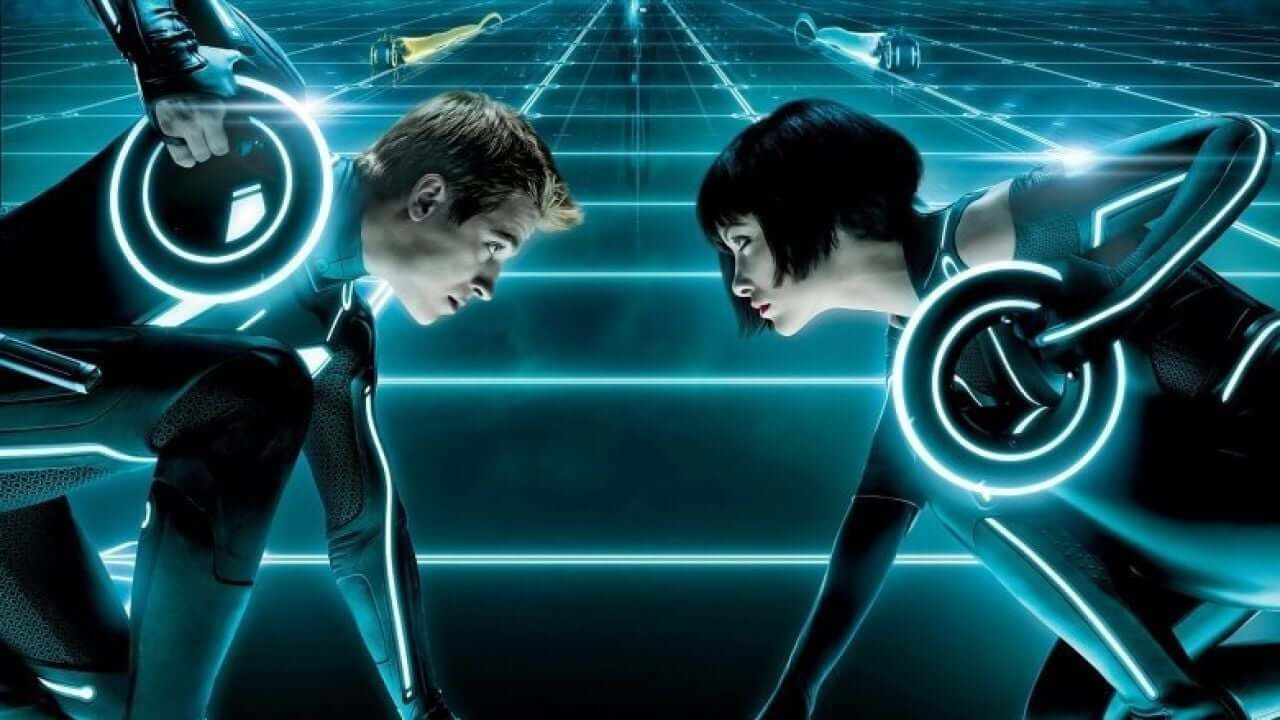
Since we’re already talking about audiovisual gems, it would be a sin not to mention the latest Tron. I still remember the jaw-dropping experience that the 3D screening of this film (unfortunately not in IMAX) provoked – this world was simply crafted for the big screen and the third dimension. The dazzling noir visuals and the outstanding soundtrack composed by Daft Punk are as enchanting today as they were a decade (or so) ago. Admittedly, the plot holds many surprises, and issues related to artificial intelligence could have received a bit more attention; beyond the exquisite production layer, this film is primarily defined by the captivating relationships between characters and the intimacy of the entire story.
RoboCop
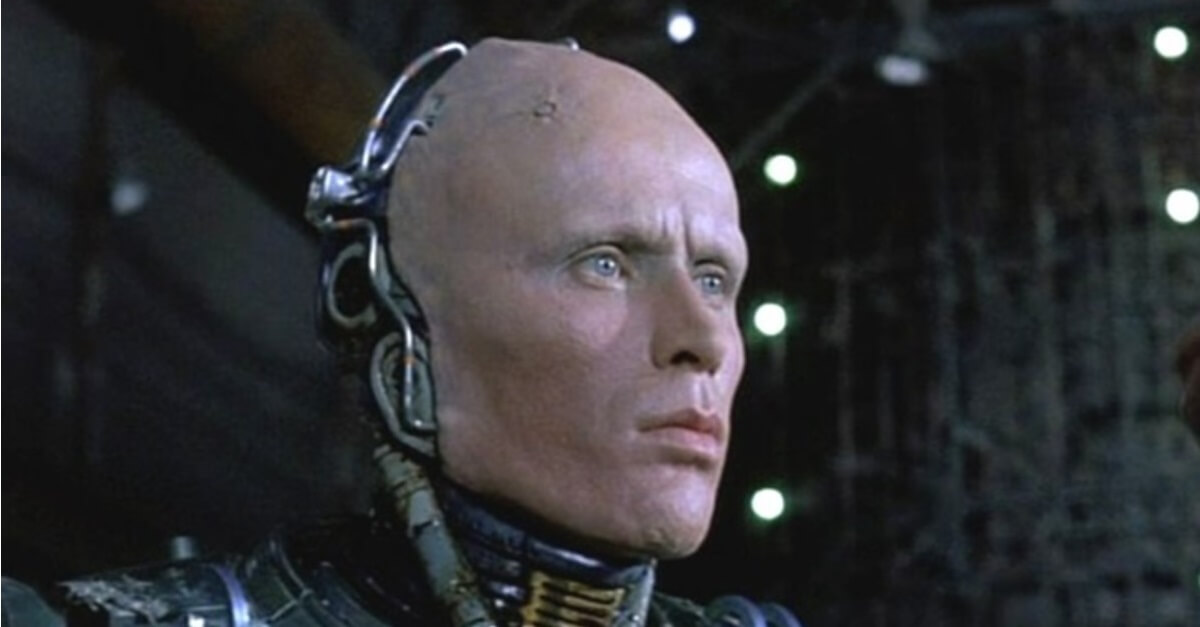
RoboCop is a transhumanistic nightmare, a darkly humorous satire on the United States, and a slice of bloody 80s action. The titular hero starts this story as an ordinary officer who is then stripped of his humanity – as a cyborg, he has more machine in him than man and is forced to battle it for control over the remnants of his own body. It’s terrifying and simultaneously fascinating, and in my opinion, the 2014 remake portrays this drama in an equally compelling manner. The issue with the new film mainly lies in the CGI-heavy action sequences, the toned-down violence aimed at a PG-13 age rating, and a somewhat clumsy attempt to combine the original’s satire with the more serious tone dominant in the remake. In the final analysis, Paul Verhoeven’s RoboCop remains a cult classic and a must-see for cyberpunk fans, while the slightly overlooked 2014 RoboCop deserves recognition as a decent curiosity.
The Man With the Magic Box
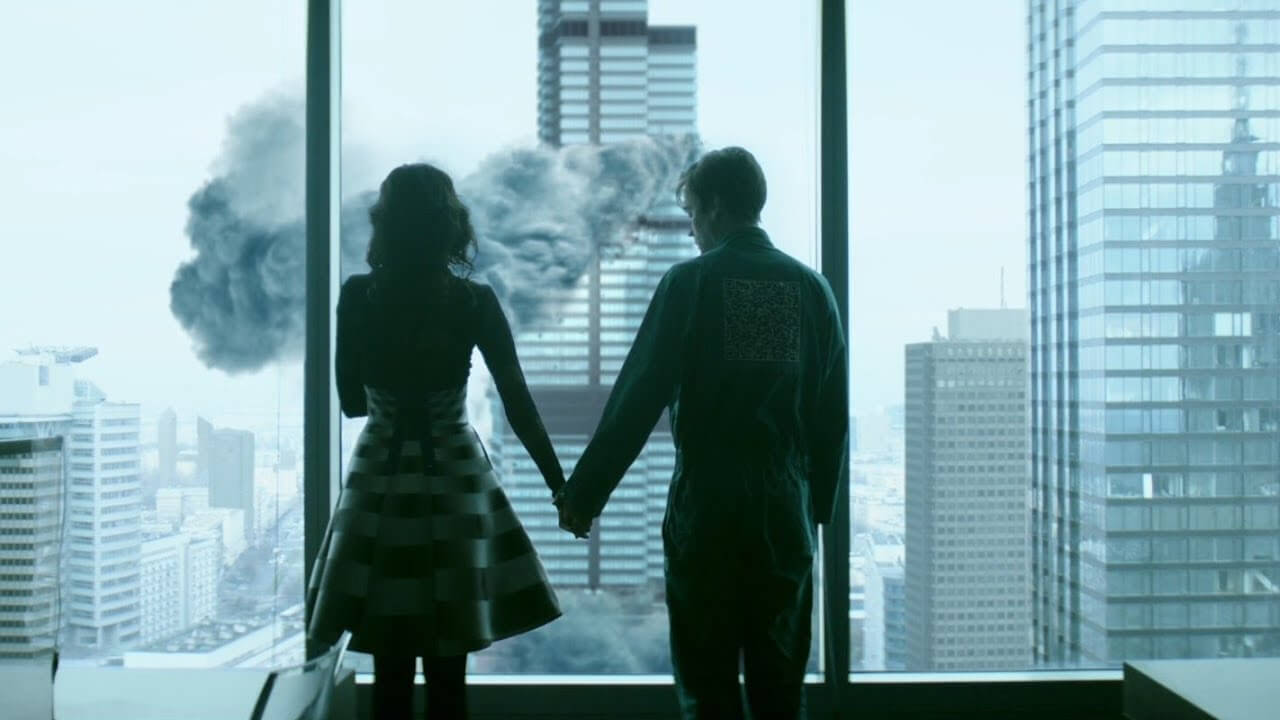
Polish Cyberpunk? It might sound surprising, but a few years ago, a work passed through cinemas that presented science fiction themes in a very intriguing way, while also captivating with a style clearly inspired by Blade Runner and other classics of the genre. The Man with the Magic Box tells a simple love story in complex realities, offering the audience a few surprises along the way and plenty of open-ended questions. The director also managed to silence anyone who claims that Poland can’t produce decent science fiction cinema. The set design and cinematography in Bodo Kox’s film are incredible, even if (or perhaps “especially because”) they were created on a fraction of a Hollywood budget. It’s hard to find a better testament to the fact that creativity and inventiveness can be more important than multimillion-dollar sums.
Blade Runner / Blade Runner 2049
Ridley Scott’s masterpiece initiated the popularity of cyberpunk aesthetics and ignited the imagination of millions, and 35 years later, Denis Villeneuve’s masterpiece showed that it’s possible to match the legend and bring something new to the table in terms of this particular style. Blade Runner deviates significantly from its literary source material, but flawlessly captures its essence and the vision of a world that existed in Philip K. Dick’s mind (one of the fathers of cyberpunk). This film visually outshines many contemporary blockbusters, and its phenomenal cinematography combined with the iconic soundtrack by Vangelis creates a truly unique and irreplicable effect. An effect that became a starting point for subsequent creators and solidified itself in collective consciousness, serving as a textbook example of cyberpunk reality.
However, Blade Runner 2049 offers something surprisingly different yet faithful to the first installment. A significant portion of the film takes place during the day, and besides the neon-lit darkness, we also witness scenes with orange and gray tones, as well as in a typical post-apocalyptic setting. The narrative layer of both films offers a multitude of trans- and posthumanist themes, pessimistic contemplations about the future and the nature of humanity – this is the true essence of cyberpunk.
Upgrade
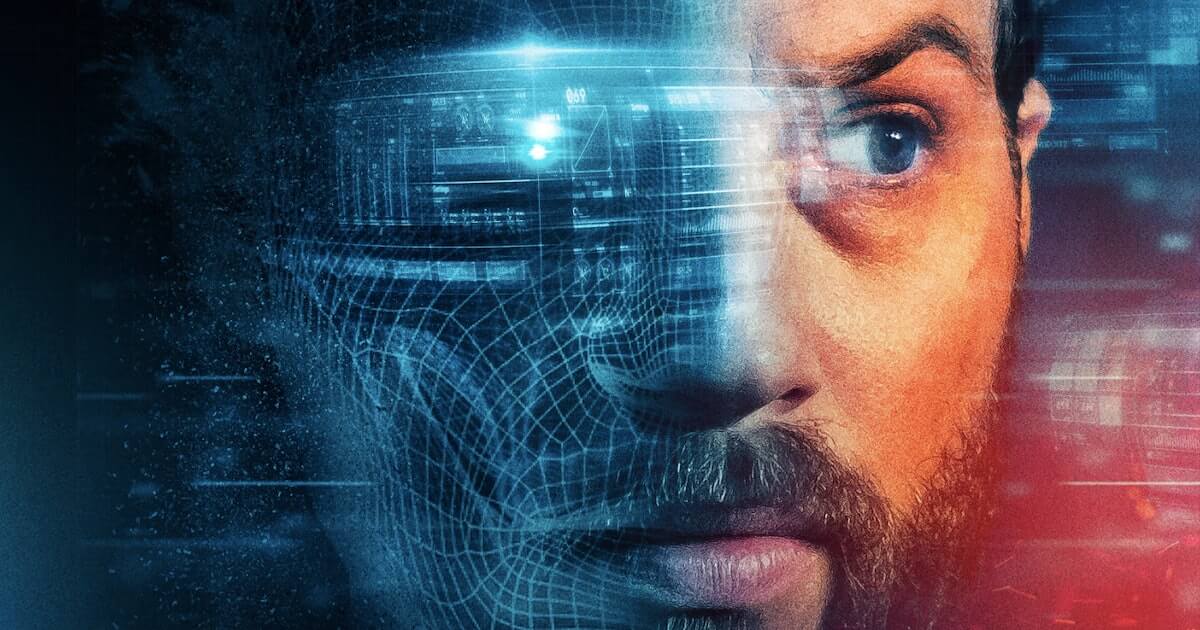
I might come across as if I’ve taken it upon myself to sing praises for Upgrade, but I genuinely believe that raising awareness about its existence is important. The fantastic, albeit less grandiose than bigger productions, style, excellent themes of artificial intelligence and human body manipulation, all sprinkled with heavily stylized violence. It’s an intimate yet exceptionally successful revenge film that draws heavily from more serious cyberpunk works.
Akira
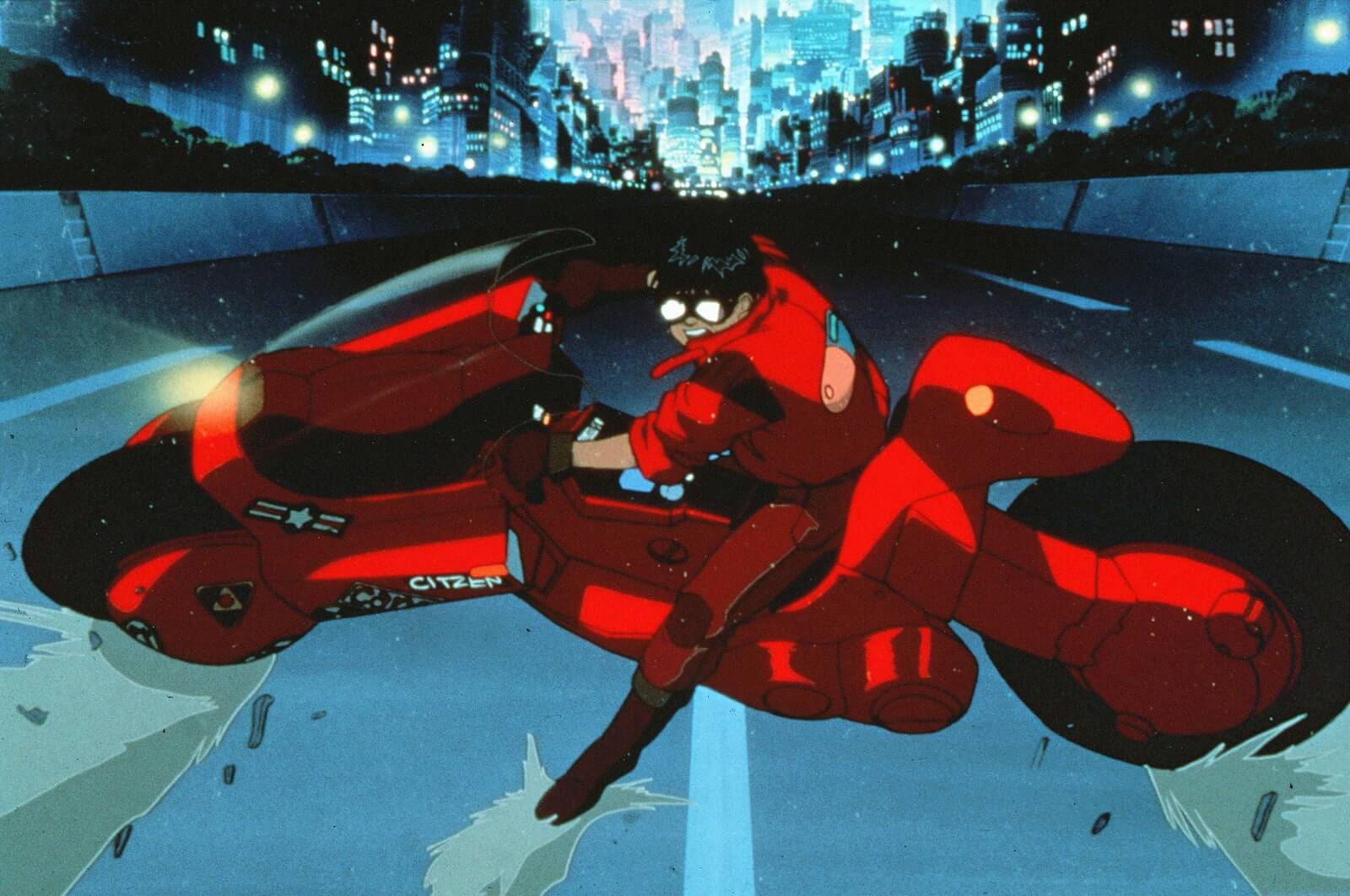
Just as without Ghost in the Shell, there might not have been The Matrix, it’s possible that without Akira, the former wouldn’t exist in the same way (or would look significantly different). Akira paved the way for cyberpunk anime, presenting a surprisingly dark vision of the future (bordering on post-apocalyptic). This film largely focuses on societal issues and potential catastrophes that could await humanity as a whole. Phenomenal animation, engaging characters, and the universally resonant undertone of a non-trivial message – anyone who watches Akira will understand its cult status.
Total Recall
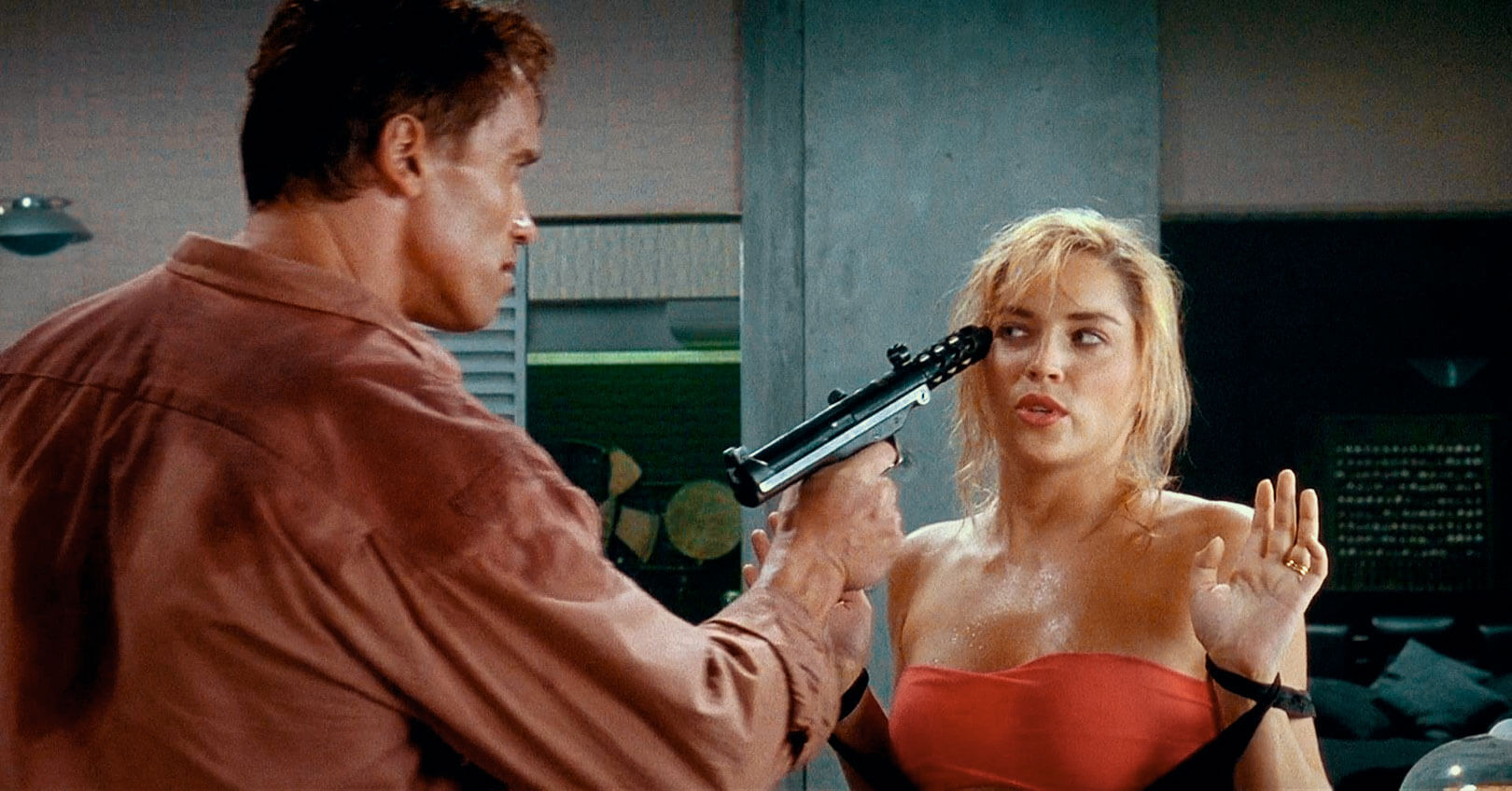
Another work by Verhoeven on this list and a display of complete audiovisual madness. The practical special effects in RoboCop were and still are impressive, but what unfolds in Total Recall reaches the level worthy of a John Carpenter film. The story, based on Dick’s short story, takes the viewer on a wild journey through a bizarre vision of the future and the convoluted twists of the human mind. The presence of memory implants here dictates the narrative and compels both the protagonist and the viewer to question what seems real. Among other attractions: action scenes in the spirit of the 80s age like fine wine, Arnold Schwarzenegger’s charging performance delivers more iconic one-liners, and the creators’ imaginative prowess appears limitless.
In the interest of completeness, I must mention the 2012 remake, but aside from Colin Farrell’s solid performance and a few intriguing visuals, there wasn’t much worth special attention.
Strange Days

While the world-building in Strange Days might lack many of the elements typically associated with cyberpunk, it doesn’t change the fact that it’s a crucial work for the genre. Beyond the sensual neon lights and colorful holograms, it’s the content that truly matters; Kathryn Bigelow’s film addresses growing social unrest and a range of civilization-related issues, all within a reality where humans have learned to record and playback their own memories on external devices. This concept allows for a stark collision of two perspectives: living in the past and fearing the future. Meticulously crafted noir atmosphere, skillful incorporation of the theme of impending doom, and excellent direction make this film much more memorable than its relatively modest popularity (in terms of the mass audience) would suggest.
12 Monkeys
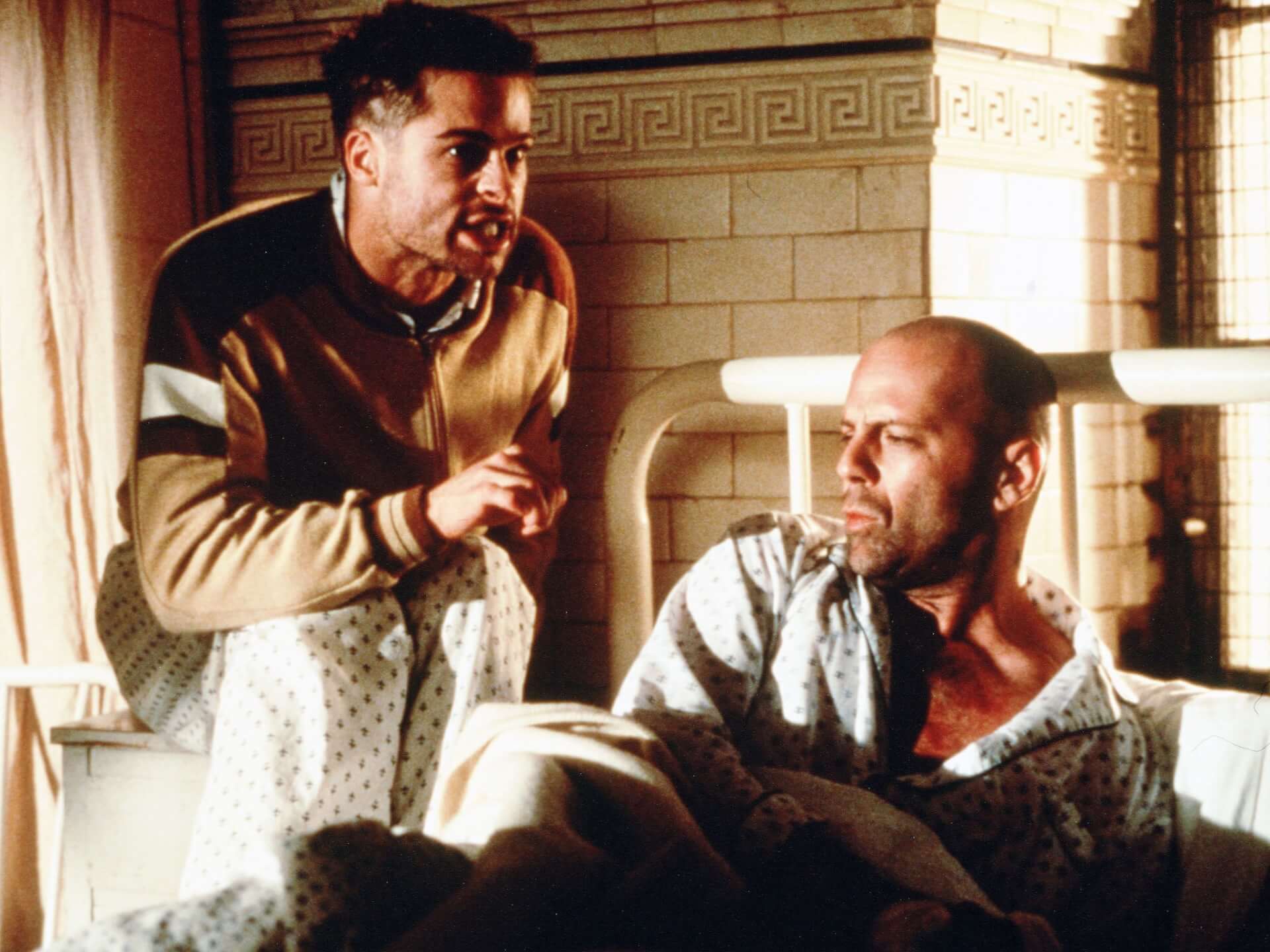
Terry Gilliam’s unique film delves into the pitfalls of the human mind and the potential downfall of humanity in a losing battle against uncontrollable forces. Pushed underground by a catastrophic pandemic, the pitiful semblance of the past civilization serves as a poignant cinematic representation of many flaws within our species. Gilliam paints a pessimistic vision of a tragic tomorrow, with only a flicker of hope. Today, 12 Monkeys seems even more astute as a societal analysis than it did a quarter-century ago, and the excellent cast continues to enhance the allure of this work. While the apocalypse serves as the catalyst for the story, it indeed invokes more associations with post-apocalyptic themes than with cyberpunk. Nevertheless, the depiction of a society born from disaster aligns with the essence of the creative works this text is dedicated to.
Metropolis
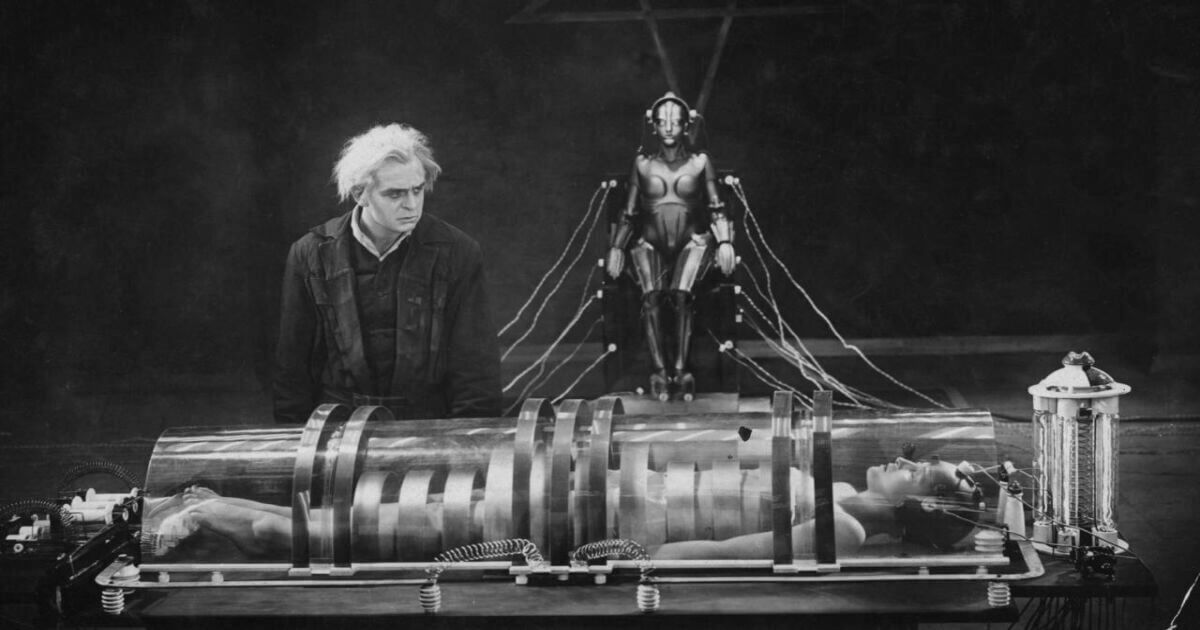
Metropolis is likely the first film we could attribute to the cyberpunk genre, even though the term “science fiction” didn’t even exist during its creation (and “cyberpunk” only emerged in the early 80s). This century-old (!) work successfully intertwines themes of pioneering technical achievements with human flaws and grim depictions of future society (including imagery of slavery reminiscent of the Holocaust). An exceptional delight for modern audiences is the typical studio-based set design of German Expressionism, filled with imaginative graphics, canvas backdrops, and remarkable props. It’s a piece of cinema history and an example of the extraordinary creativity of filmmakers from the past.
Minority Report
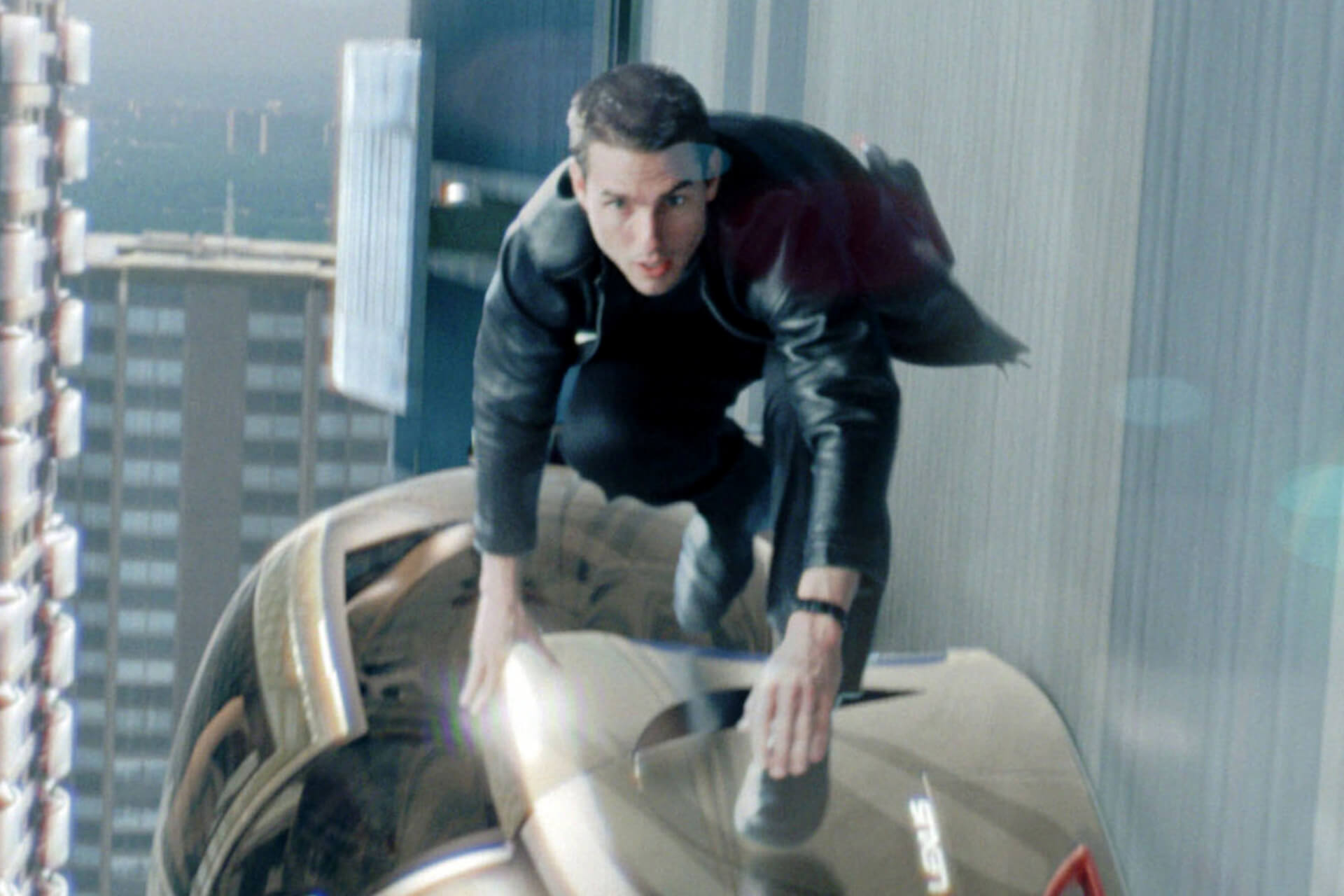
Another attempt to bring Dick’s prose to the big screen and also one of the more intriguing science fiction films of the early 21st century. Steven Spielberg constructs a portrayal of the near future that is both captivating and authentic, dedicating considerable attention to futuristic inventions and their role in human life. The most significant of these is the crime prevention system, which allows the capture of a “criminal” before they commit their act. This, of course, is tied to various ethical dilemmas that escalate as the theme of a self-fulfilling prophecy emerges, exposing potential flaws in the entire system. Tom Cruise essentially plays a future version of Ethan Hunt, and it suits the film’s genre perfectly. The washed-out color palette, image blurring, grain effect, and other visual techniques create a somewhat surreal and unique effect.
The Lawnmower Man
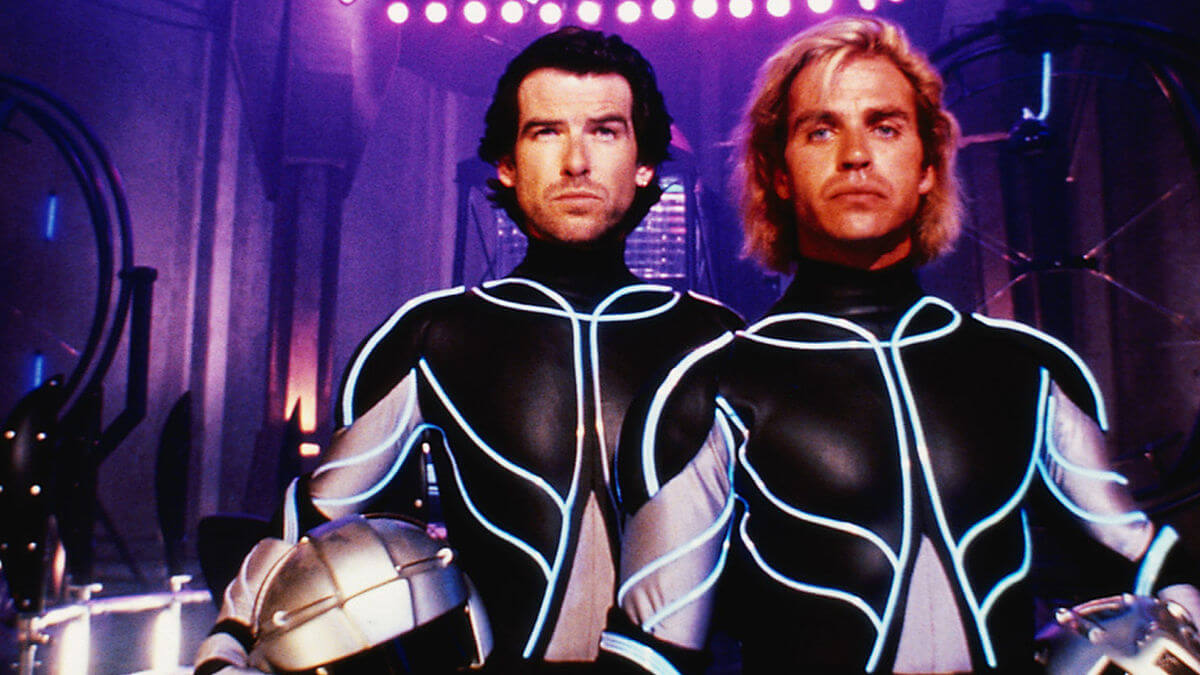
A loose adaptation of a story by Stephen King (from which only the main character’s name was taken), and from today’s perspective, a true cinematic oddity. The bold attempts to harness CGI have aged monstrously, and the ideas about the direction in which the relationship between humans and technology is heading – even more so. The Lawnmower Man isn’t a great film or even particularly good. I included it in this compilation because I consider it a fascinating example of outdated and completely misjudged cyberpunk cinema. Cinema that, in its absurdity and peculiarity, provides top-notch entertainment to those who appreciate its charm or comedic potential. Let’s set aside the computer-generated lunacy, script absurdities, and over-the-top performances – just look at the image above. Isn’t that enough?
Tetsuo: The Iron Man

Another cyberpunk from Japan, this time in live-action form. This work presents themes associated with the genre, intertwining them with elements of grotesque horror and dark comedy, all while drizzling the concoction with a music video-like sauce. The surrealism of these images occasionally evokes avant-garde cinema, effectively conveying the emotional charge of the cinematic narrative to the viewer. The film is saturated with symbolism and various manifestations of societal anxieties in Japan – including concerns related to the technology of tomorrow and what that tomorrow will bring.
The Matrix
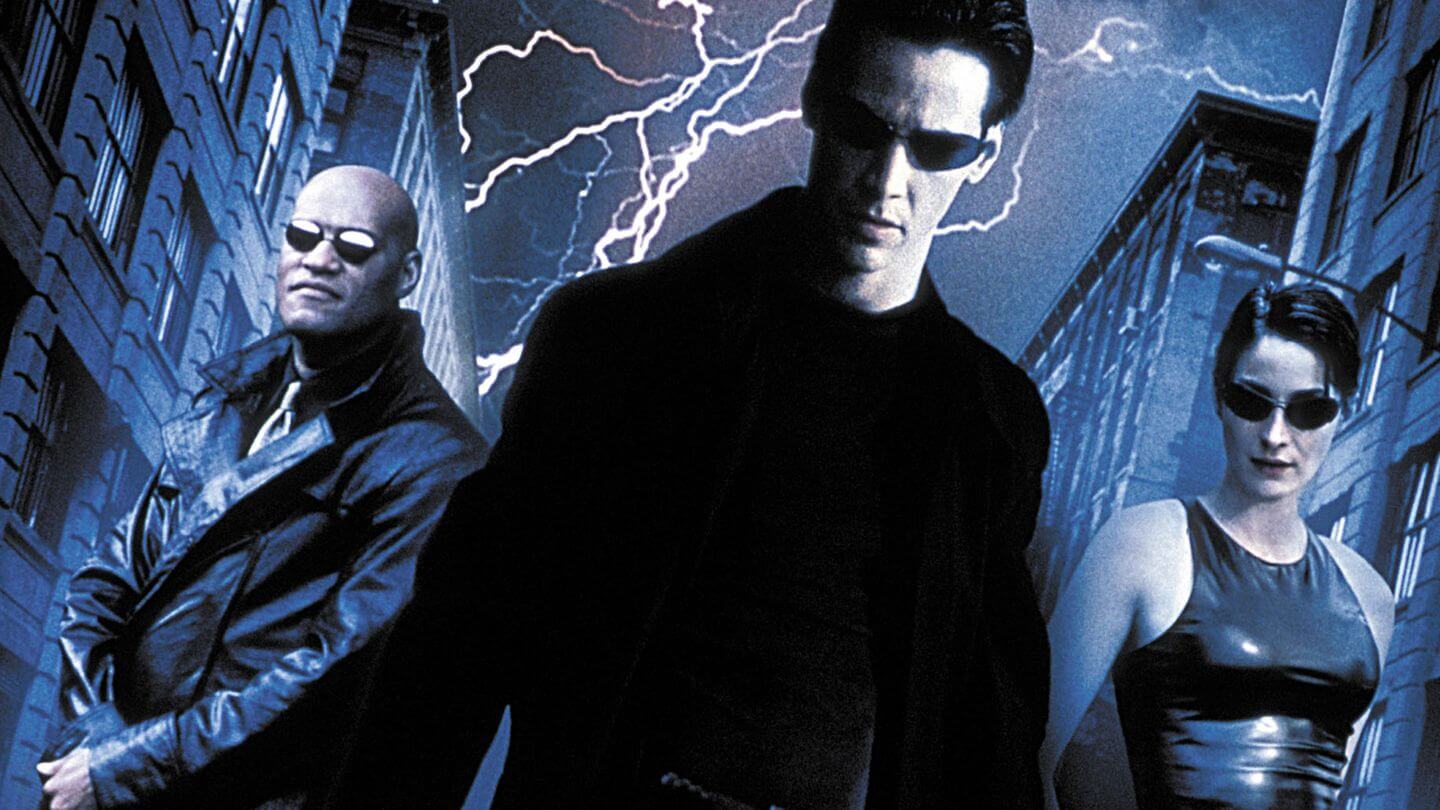
The Matrix is one of the crown jewels of cyberpunk, a work that captured the imagination of the entire world for over two decades. It’s no wonder: the universal motif of the hero’s journey (a scheme dating back to ancient times and underlying the plots of Star Wars, The Lord of the Rings, Harry Potter, and many others), groundbreaking special effects, and phenomenal style all made The Matrix universally enchanting. Yet, the true value of this film lay in its construction of the world and the philosophical reflections associated with it. While no one here uncovered something entirely new (the Wachowski siblings drew ideas and inspirations from various sources), hats off to them for weaving such visions and contemplations into big-budget entertainment cinema so skillfully. Interestingly, the most recognizable (and distinctly cyberpunk) part of the film takes place in the Matrix – a simulation imitating life. The actual reality of the characters is a post-apocalyptic wasteland where self-aware machines have utterly dominated their creators. A similar fusion of cyberpunk and post-apocalyptic themes can be observed in the Terminator series, deftly combining elements of both genres.



